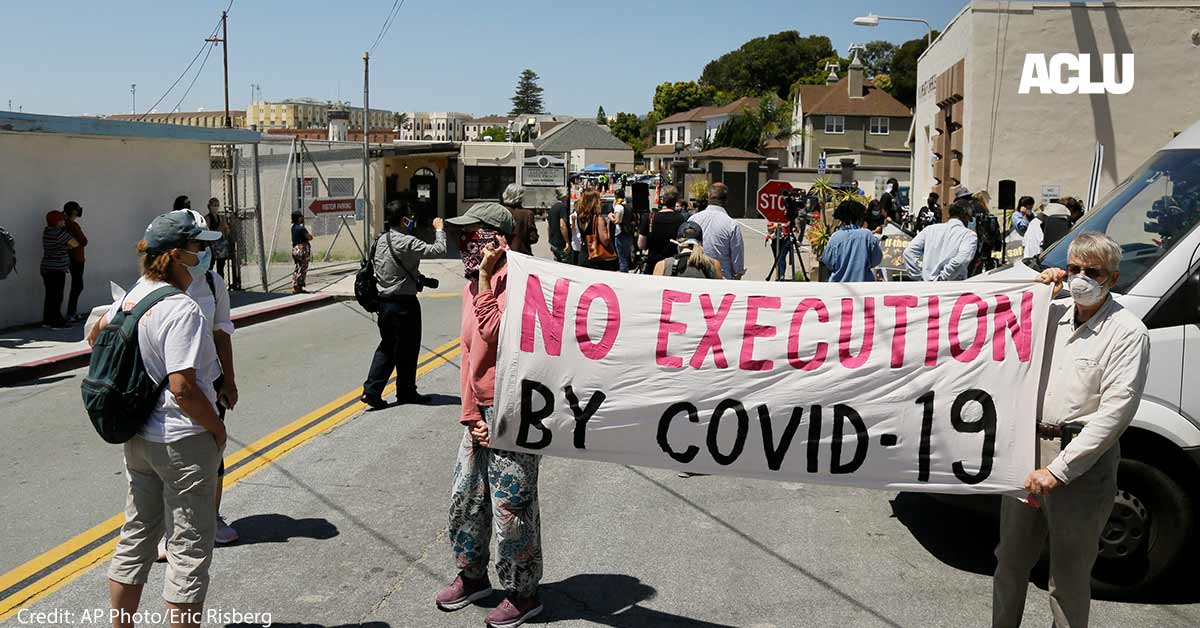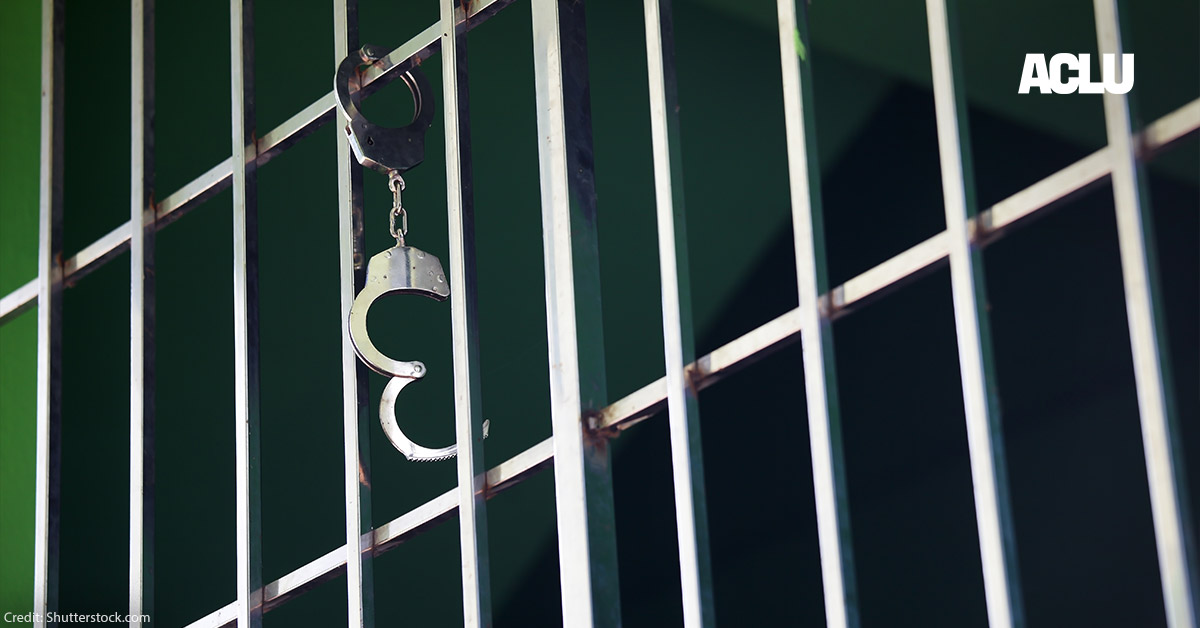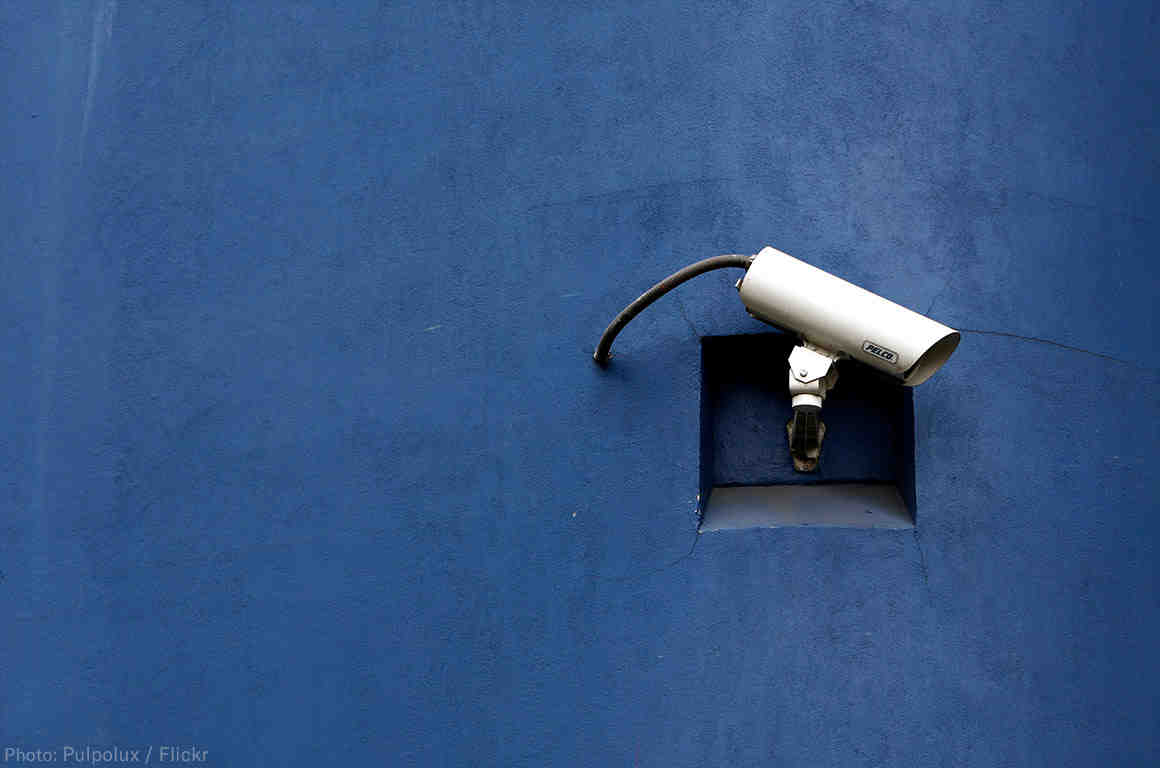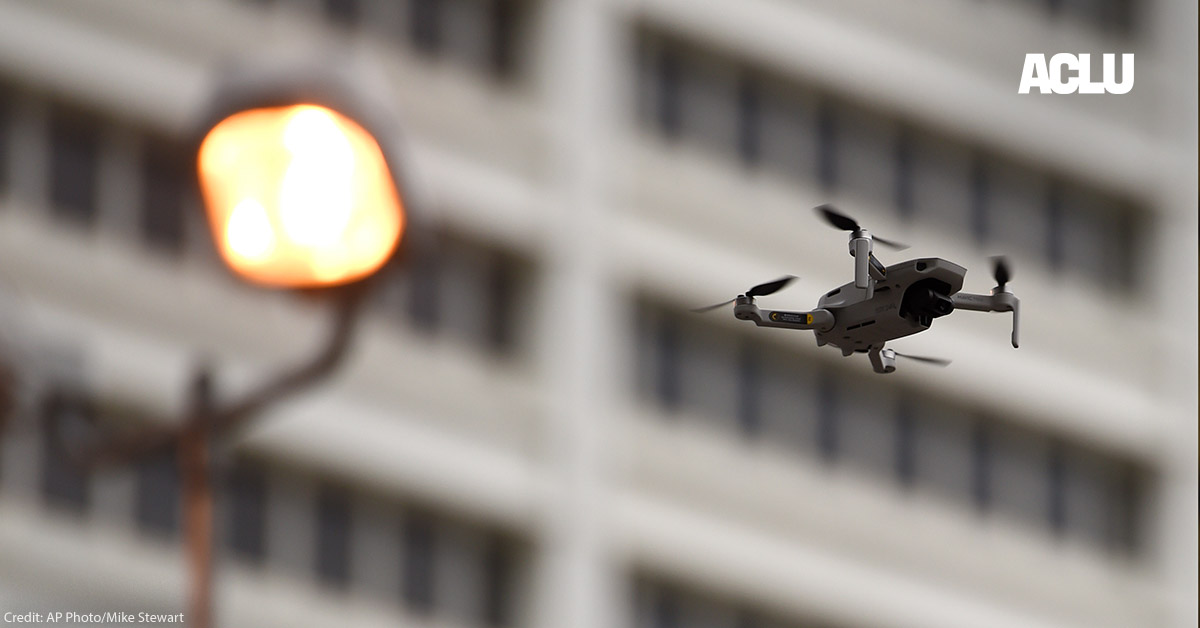By Mark Buckwalter, Former U.S. Probation Officer Specialist
In early April, the Rikers Island jail complex in New York City suffered its first coronavirus death: Michael Tyson. Mr. Tyson, 53, had been arrested in late February not because he had committed a crime, but for a technical violation of his parole. As a retired federal probation officer, I can tell you that incarcerating someone for a technical rule violation should be a last resort. But during a pandemic, it should be ceased completely. Our federal, state, and local probation and parole systems should act immediately to protect public health and safety and choose alternatives to unnecessary incarceration.
For 22 years of service as a probation officer, I saw first-hand how difficult it is for individuals to follow all the technical rules of supervision. These conditions range from adhering to a curfew to abstaining from cigarettes and alcohol, meeting with parole or probation officers regularly, keeping treatment appointments, and maintaining employment. They regulate daily behaviors that most of us take for granted, which in many cases leads to failure. People with drug addictions are required to test negative, even though experts agree that it is normal to relapse multiple times before successfully entering recovery.
Mr. Tyson is not the only person who may have received a death sentence for a technical violation. In Arizona, where the ACLU has filed COVID-related lawsuits against both a federal and a local jail, many of the detainees are there for these types of technical violations. One person at the CoreCivic federal facility in Florence, Arizona was sent back to prison for smoking a cigarette in the hallway of their halfway house.
Probation and parole officers are taking a heavy-handed response to minor infractions in Arizona and across the country. One recent study found that 45 percent of all state prison admissions were a result of probation and parole violations, and 25 percent were due to technical violations — the same kind Mr. Tyson allegedly committed.
In normal times, these are troubling statistics. In the middle of a pandemic, they are deadly. Social distancing and other important safety practices like handwashing and wearing masks are not happening in correctional facilities. Jails and prisons account for most of the country’s worst hotspots for COVID-19.
Unnecessary incarceration is dangerous not only to incarcerated people and corrections officers but to all of us. People in jail are usually there less than a month, plenty of time to contract the virus and bring it home with them. The phenomenon has been documented: In Illinois, one in six of all coronavirus cases were linked to people who were jailed and released from the Cook County jail in Chicago.
This is a fixable problem. Parole and probation officers have vast discretion in responding to technical violations. Now more than ever, officers should not register formal violations that result in incarceration for technical violations. We can also stop issuing violations for minor infractions and work with our agencies to design a series of graduated responses that do not jump straight to incarceration.
The current approach to community supervision is putting all of us at risk. To stop more avoidable deaths like Mr. Tyson’s, probation and parole officers and our agencies should take immediate action and suspend the use of incarceration for technical violations. It is our responsibility and duty to guard against the unique dangers of this pandemic and to protect the community.



